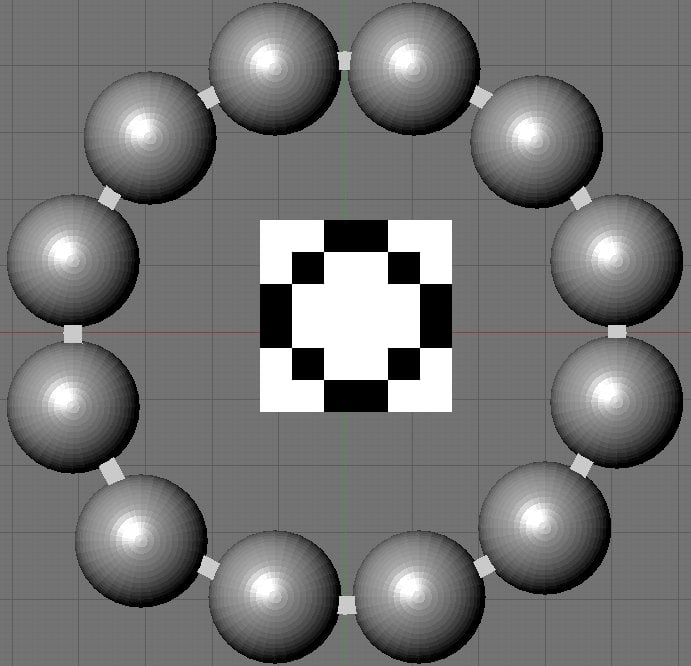All we know that PI = 22/7. But how and why it is 22/7 rather other fractions?
babug
0
Newbie Poster
Recommended Answers
Jump to Post>All we know that PI = 22/7.
Apparently not, because those of us who are correct know that PI < 22/7. Further, because PI is an irrational number there's no combination of x and y where x/y = PI.>But how and why it is 22/7 rather other fractions? …
Jump to PostI also have a theory and am still working on a formula to prove that pi is not infinite in length. If pi were infinite in length then the circle would have have an infinite circumference. And using MS Paint I have found that pi is not always 3.1415. It …
Jump to PostBut if you print it out with a huge dpi (dots per inch) then it is a perfect circle. This is because the ink is 3d.
Why are you always referring to a circle using matter or particles?
A circle is a mathematical object, like a line or hyperbola, whatever.
…
Jump to PostI think the main problem here is that there are theories that contradict. Some of your theories contradict my theories and as I see evidence I choose which is best. However the main theory which is making this thread a mess is that everything on the periodic table is made …
Jump to PostYes that is correct. For example if we found a fossil the shape of a cube and none like it then people would start to think of an explanation or an alternative theory.
a fossil in the shape of a cube?? Er, wtf, um how can you base your argument …
All 114 Replies
Narue
5,707
Bad Cop
Team Colleague
vegaseat
1,735
DaniWeb's Hypocrite
Team Colleague
MosaicFuneral
812
Nearly a Posting Virtuoso
mrnutty
761
Senior Poster
crunchie
990
Most Valuable Poster
Team Colleague
Featured Poster
GrimJack
1,414
Posting Maven
Featured Poster
MosaicFuneral
812
Nearly a Posting Virtuoso
GrimJack
1,414
Posting Maven
Featured Poster
vegaseat
1,735
DaniWeb's Hypocrite
Team Colleague
sneekula
969
Nearly a Posting Maven
cwarn23
387
Occupation: Genius
Team Colleague
Featured Poster
mvmalderen
commented:
Your statement is obviously wrong!
+0
GrimJack
1,414
Posting Maven
Featured Poster
lllllIllIlllI
178
Veteran Poster
cwarn23
387
Occupation: Genius
Team Colleague
Featured Poster
lllllIllIlllI
178
Veteran Poster
cwarn23
387
Occupation: Genius
Team Colleague
Featured Poster
lllllIllIlllI
178
Veteran Poster
cwarn23
387
Occupation: Genius
Team Colleague
Featured Poster
lllllIllIlllI
178
Veteran Poster
mrnutty
761
Senior Poster
lllllIllIlllI
178
Veteran Poster
GrimJack
1,414
Posting Maven
Featured Poster
cwarn23
387
Occupation: Genius
Team Colleague
Featured Poster
lllllIllIlllI
178
Veteran Poster
cwarn23
387
Occupation: Genius
Team Colleague
Featured Poster
William Hemsworth
1,339
Posting Virtuoso
lllllIllIlllI
178
Veteran Poster
jonsca
commented:
I don't know what to say, I'm speechless
+0
cwarn23
387
Occupation: Genius
Team Colleague
Featured Poster
lllllIllIlllI
178
Veteran Poster
Be a part of the DaniWeb community
We're a friendly, industry-focused community of developers, IT pros, digital marketers, and technology enthusiasts meeting, networking, learning, and sharing knowledge.

